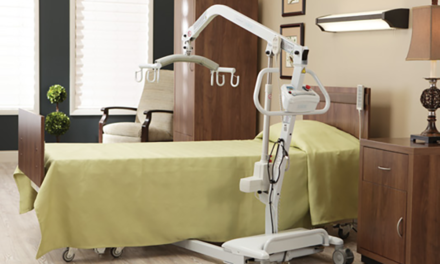Direct Supply® and Madison Indoor Air Quality experts discuss ways to help your indoor air quality to create clean, healthy and safe facilities for residents and staff
As shown in this recent survey of Senior Living administrators, 78% of admins believe their indoor air quality to be good or excellent. However, studies show that 81% of Long Term Care facilities suffer from inadequate air ventilation and circulation1. Understanding the importance of IAQ maintenance and how it impacts communities is understandably high.
Zane Davis, Direct Supply’s Marketing Manager – Program Development, interviewed two indoor air quality experts, Todd DeMonte, Chief Innovation Officer from Madison Indoor Air Quality and Jeff Beyersdorf, a Senior Building Services Consultant from Direct Supply, to explore what IAQ is, how it impacts building health, and what steps communities can take to help maintain proper indoor air quality in their buildings.




